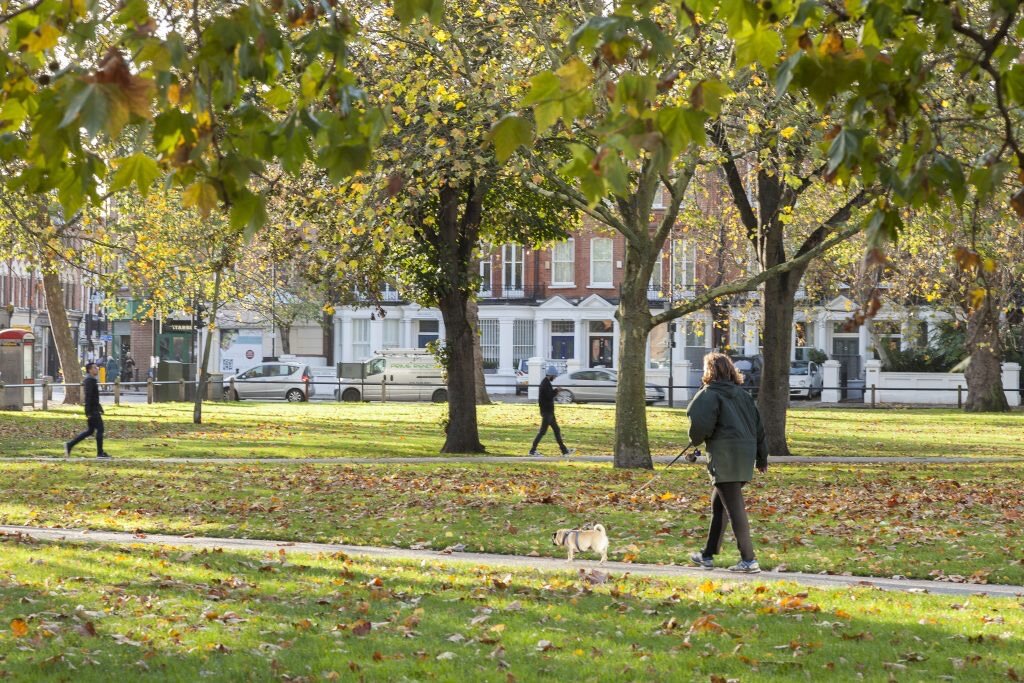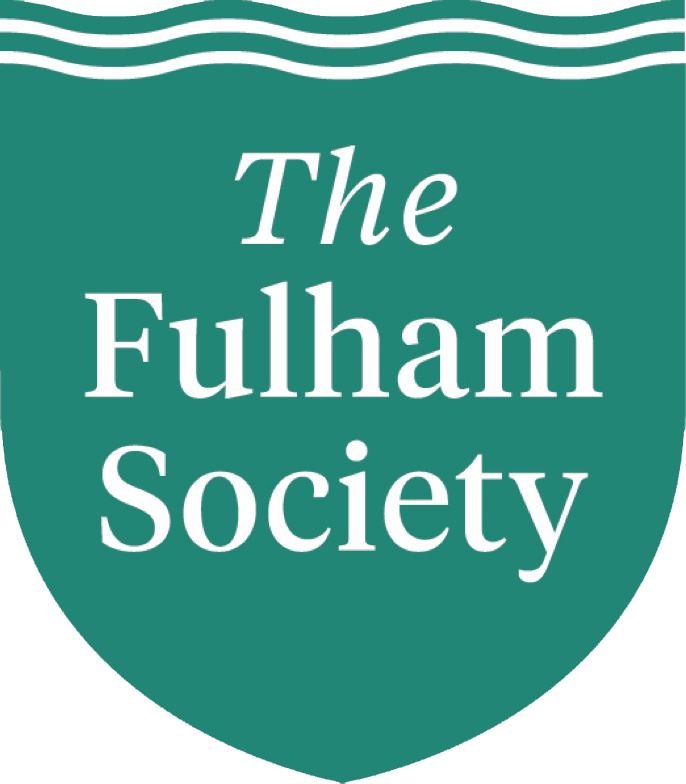
Fulham today.
Since the Second World War, Fulham has changed yet again. The expansion of Central London pushed the middle classes out to what had become a largely working-class area and gentrification has been widespread.
Technological advance made much of the industry along the river redundant. It also led to a cleaner river and the riverside once again became a desirable place to live. The industries and wharves of the riverside have now almost completely disappeared and in their place have come large residential blocks of flats all along from the Chelsea border, with the Lots Road Power Station development, through to Fulham Reach on the Hammersmith border. The Imperial Wharf and Chelsea Harbour complexes of the 1980s are interesting – others less so.
One great advantage of this change is that River Walk has been opened up and it is now possible to walk alongside the river almost all the way from Hammersmith Bridge to Wandsworth Bridge.
Public Places
Fulham is rightly proud of its interesting and historic past, its large number of iconic and interesting buildings and its well-preserved conservation areas.
Fulham Palace, the home of the Bishops of London from mediaeval times to the 1970s, is a Grade I listed building. Today, it is a museum open to the public and its historic gardens are being restored. Fulham has two important football grounds, Fulham at Craven Cottage and Chelsea at Stamford Bridge, a Grade 1 listed former Town Hall and the internationally renowned Charing Cross Hospital.
Around the Barons Court and West Kensington area is a unique collection of 19th century artists’ studios. There is the well-known Peterborough Estate with its distinctive lion houses built in the 1890s on the site of the former Peterborough House, a good collection of distinguished churches including St Thomas of Canterbury, A W Pugin’s only complete parish church in London, and several distinguished post World War II housing estates: Lancaster Court, the Clem Atlee Estate and the innovative St Peter’s Terrace by Higgins & New in1966-68.
There are, of course, the numerous parks, pocket parks, protected green spaces, and the two local cemeteries, Fulham and Margravine, as well as the Riverside Walk, which make Fulham such a green and agreeable place in which to live. In Fulham, you are never far from an open space.

